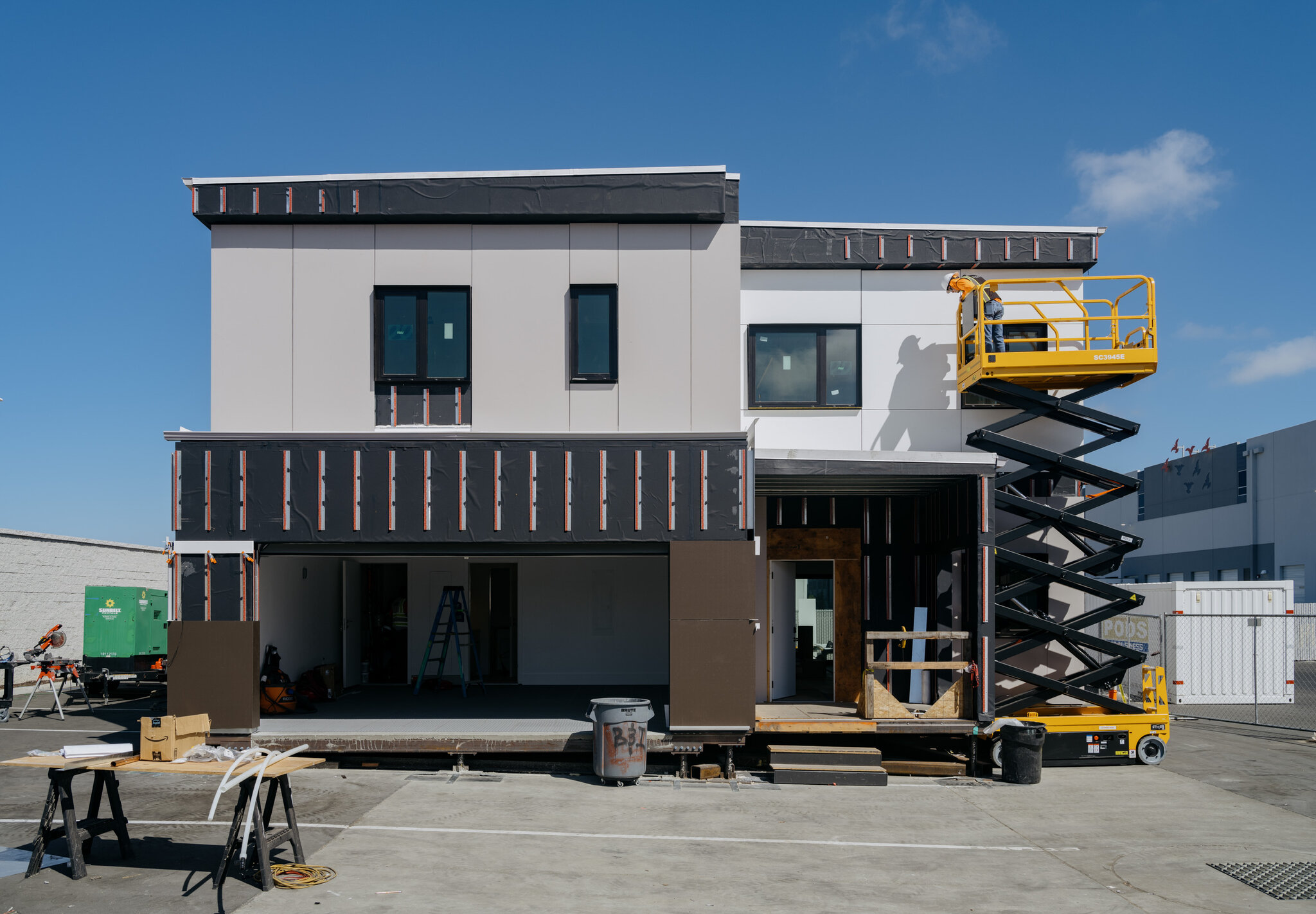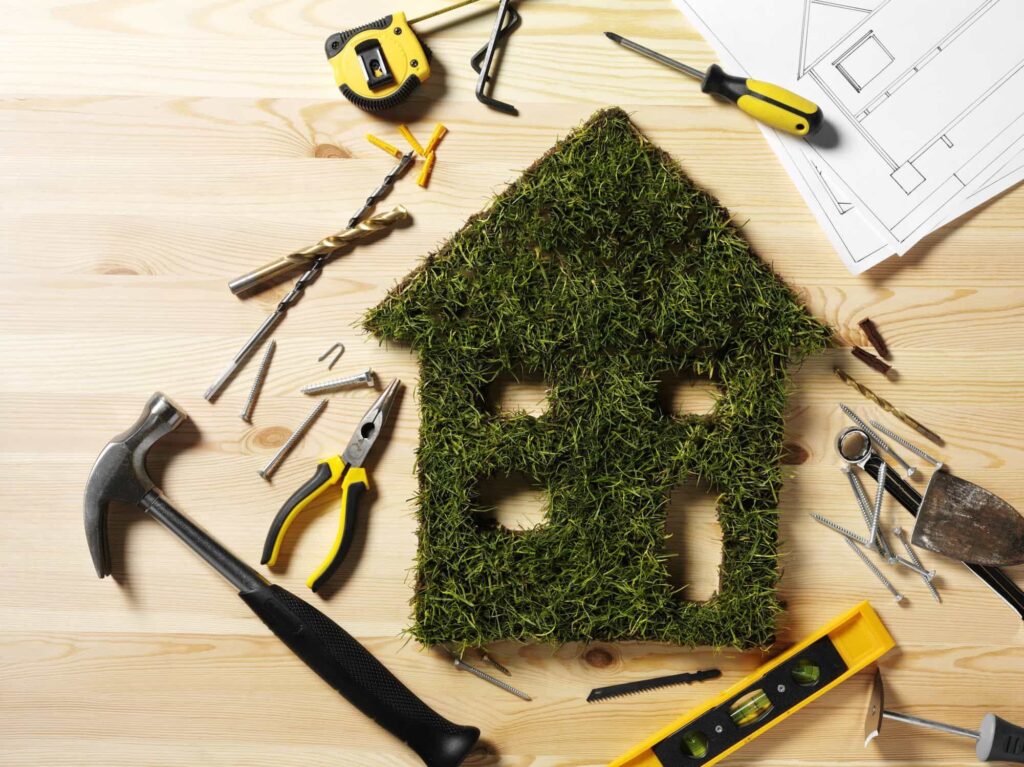
In recent years, the construction industry has seen a significant shift towards the adoption of engineered wood products, with Laminated Veneer Lumber (LVL) leading the way. These materials, designed to offer superior strength and flexibility, are proving to be a valuable resource for builders and architects alike. In this article, we will delve into the various aspects of LVL construction materials, their advantages, their impact on the building industry, and the challenges faced in their implementation.
Understanding LVL Construction Materials
Before we dig deeper, it’s essential to understand what LVL construction materials are. LVL is an engineered wood product, constructed by bonding together layers of thin wood veneers using a durable adhesive. This process results in a material that is not only strong but also stable, making it an excellent choice for various structural applications.
What are LVL Construction Materials?
LVL spans across several applications in construction, including beams, headers, and archways. The versatility of LVLs allows them to be used in diverse architectural designs, supporting heavy loads while maintaining structural integrity.
This innovative material is also favored for its resistance to warping and cracking, ensuring long-lasting performance in any climate. Additionally, LVL materials can be produced in various dimensions, making them a practical solution for builders seeking efficiency in their projects. The ability to customize LVL products means that they can be tailored to meet specific design requirements, which is particularly beneficial in modern construction where unique architectural features are increasingly popular.

The Composition and Manufacturing Process of LVLs
The production of LVL involves a meticulous manufacturing process. It begins with the selection of high-quality hardwood or softwood veneers that are then peeled from logs. These veneers are dried and treated to ensure they are free of defects before being layered and glued together under high pressure.
The result is a strong, uniform product that offers enhanced performance compared to traditional lumber. Because LVL is manufactured rather than harvested, it uses materials more efficiently, supporting sustainable forestry practices. Furthermore, the controlled manufacturing environment allows for consistent quality, which is crucial for structural applications where reliability is paramount. This consistency not only enhances the safety of the structures built with LVL but also contributes to a smoother construction process, as builders can trust the material’s performance and predictability.
Moreover, LVL’s lightweight nature compared to solid wood allows for easier handling and installation on site. Builders can maneuver larger spans without the need for heavy equipment, which can significantly reduce labor costs and time on the job. This ease of use, combined with its strength, makes LVL an increasingly popular choice in both residential and commercial construction projects, where efficiency and durability are key considerations.
Read about lvl timber formwork at: How to Calculate LVL Timber Formwork Prices for Your Next Construction Job
The Advantages of LVL Construction Materials
Beyond their impressive strength and stability, LVL construction materials offer several advantages that make them appealing to builders and architects. Let’s explore these benefits in more detail.
Strength and Durability Factors
One of the standout features of LVL is its remarkable strength-to-weight ratio. Compared to conventional solid wood, LVL can support greater loads while remaining lighter and easier to work with. This characteristic not only reduces transportation costs but also simplifies installation on-site.
Moreover, LVLs are engineered to minimize defects, such as knots and splits, which are common in natural wood. This consistency in quality translates to less wasted material and more reliable performance over time. The uniformity of LVL also allows for predictable performance in structural applications, making it a preferred choice for beams, headers, and joists in both residential and commercial construction. Builders can rely on LVL to maintain its integrity under various loads and conditions, ensuring long-lasting structures that stand the test of time. Learn more about quality on https://leverageedu.com/blog/quality-education/
Environmental Impact and Sustainability
In today’s construction landscape, sustainability is a growing concern. LVL construction materials are made from fast-growing, renewable wood sources, contributing to more responsible forestry practices. The production process also utilizes more wood than traditional lumber, making use of smaller trees and wood residues that might otherwise go unused.
Additionally, manufacturers have developed methods to reduce energy consumption during the manufacturing process, further enhancing the sustainability of LVL products. As a result, constructors can feel confident that choosing LVLs supports environmental goals while still delivering quality results. The lifecycle of LVL products also contributes to their eco-friendliness; they can be recycled or repurposed at the end of their use, minimizing waste and promoting a circular economy in the construction industry. Furthermore, many LVL products are certified by organizations such as the Forest Stewardship Council (FSC), ensuring that they meet rigorous environmental and social standards, which is increasingly important to environmentally conscious consumers and businesses alike.
LVLs in the Building Industry
The integration of LVL construction materials into the building industry marks a significant advancement in construction methodologies. From residential homes to commercial buildings, LVLs are making their mark.
The Role of LVLs in Modern Construction
Across various construction projects, LVLs have emerged as a go-to solution for structural elements. They are frequently used in the creation of beams and trusses for their efficiency and strength, allowing for wide-open spaces in modern building designs without the need for excessive support.
Furthermore, their uniformity and predictable performance make LVLs a reliable choice for engineers and architects who are often tasked with ensuring that structures can withstand diverse and extreme conditions. To find more about efficiency click here.
Future Trends and Predictions for LVLs in Construction
Looking ahead, the popularity of LVL materials is likely to grow. As building codes evolve and the demand for sustainable practices increases, more builders will turn to these engineered wood products.
Innovation in LVL manufacturing is also anticipated, potentially leading to even stronger, lighter products. This evolution may unlock new applications and design possibilities that were previously unattainable with traditional construction materials.
Overcoming Challenges with LVL Construction Materials
While LVLs offer numerous benefits, challenges do accompany their use, particularly concerning cost and quality assurance.

Addressing Cost Concerns
LVL construction materials can be more expensive upfront compared to conventional lumber. However, it is important to consider the long-term savings they provide. Their durability reduces the need for repairs and replacements, leading to overall cost-effectiveness.
Moreover, the efficiency of using LVLs can lower labor costs due to quicker installation times, further offsetting their initial investment.
Ensuring Quality and Consistency
Quality control is crucial in the production of LVL, as any deviations can significantly impact performance. Manufacturers are constantly working to ensure that their products meet stringent standards, but builders must also be vigilant in sourcing LVL materials from reputable suppliers.
Training and education for builders regarding the specifics of LVL installation will further enhance the reliability and performance of these materials in various construction applications.
The Impact of LVL Construction Materials on Building Design
The introduction of LVL construction materials into the building industry has not only transformed construction practices but has also influenced architectural design.
Architectural Possibilities with LVLs
With their incredible strength and versatility, LVLs allow architects to experiment with more daring and innovative designs. Open floor plans and expansive roof structures become feasible, enabling a strong emphasis on light and space in homes and commercial buildings.
Additionally, the aesthetic appeal of LVLs, with their natural wood finishes, can complement modern design, adding warmth and character without compromising on structural integrity.
LVLs and the Evolution of Building Aesthetics
The beauty of wood is timeless, and when used correctly, LVLs can enhance the visual appeal of any structure. As more architects embrace these materials, we can expect to see an evolution in building aesthetics that prioritizes not just function but also form.
This blend of sustainability, strength, and style is positioning LVL construction materials at the forefront of modern construction, truly making them a game changer for the building industry.